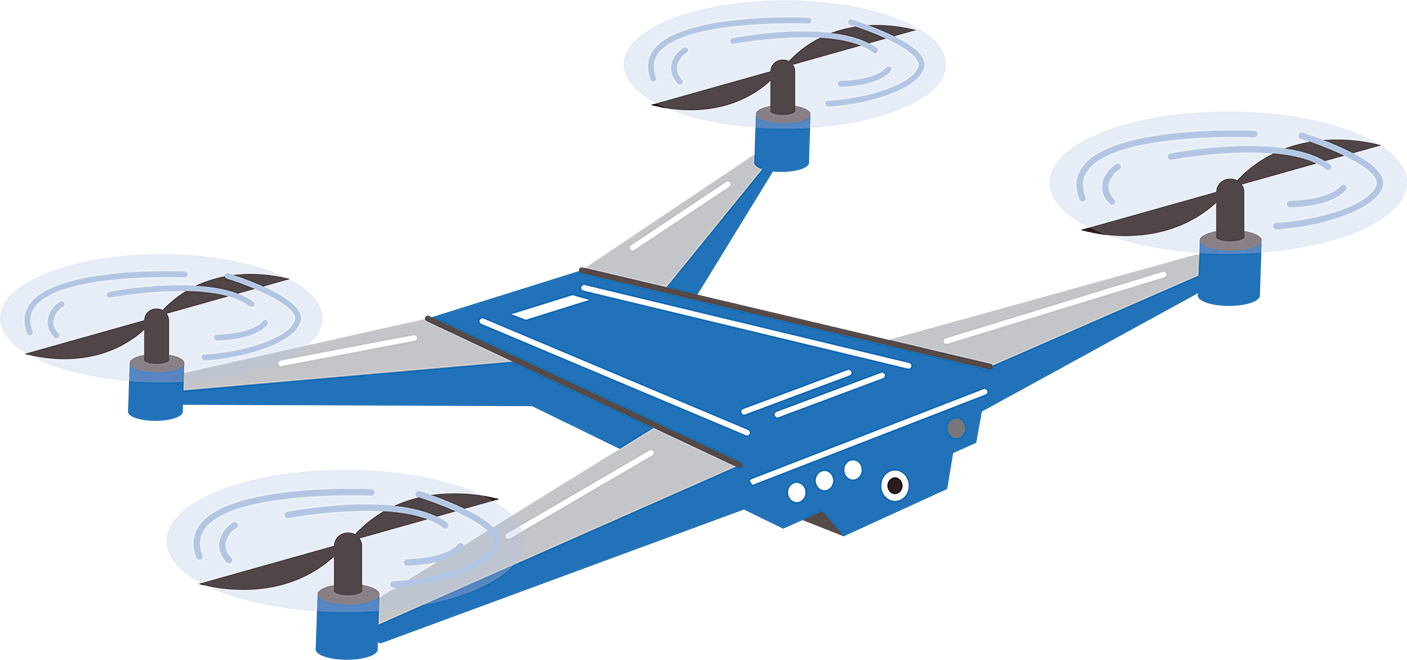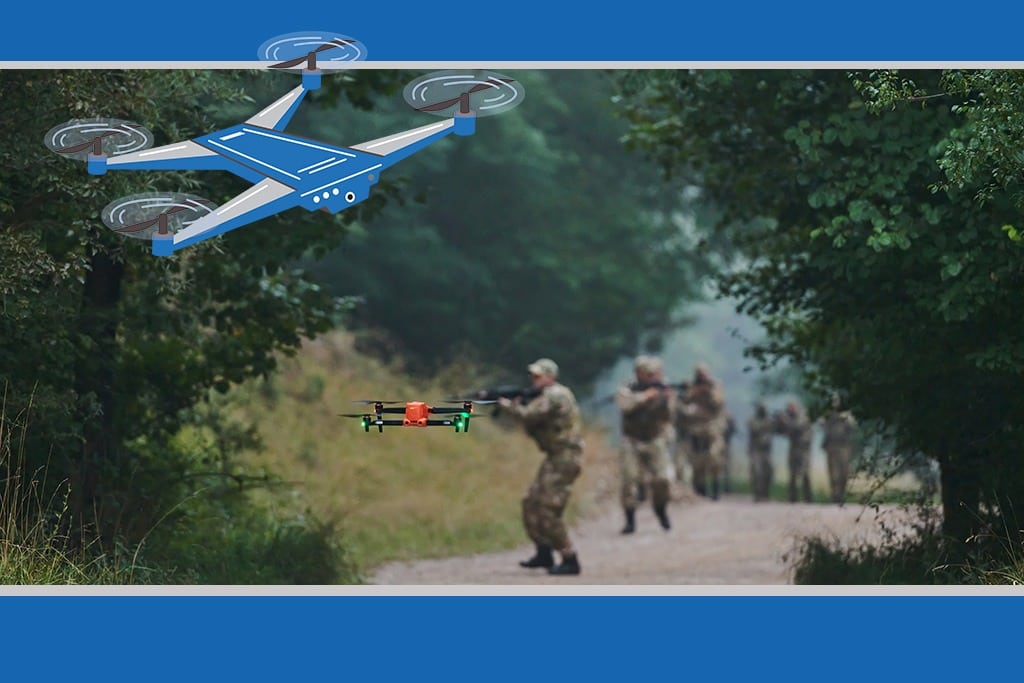Anti Drone Weapons: An In-depth Exploration of Counter-UAV Technologies
The rapid proliferation of unmanned aerial vehicles (UAVs), commonly known as drones, has revolutionized various sectors such as military operations, agriculture, surveillance, and logistics. While these advancements have expanded capabilities across industries, they have also introduced a new class of threats. Drones are becoming increasingly accessible and sophisticated, enabling their use in surveillance, illicit smuggling, and even hostile actions. As these challenges intensify, the development of anti drone weapons technologies designed to detect, track, and neutralize drones—has become a critical component of modern defense strategies.
The rise of anti drone weapons reflects an urgent need to counter drone misuse in both military and civilian domains. This article examines the landscape of counter-UAV systems by delving into their types, working mechanisms, and the challenges and future trends associated with the technology.
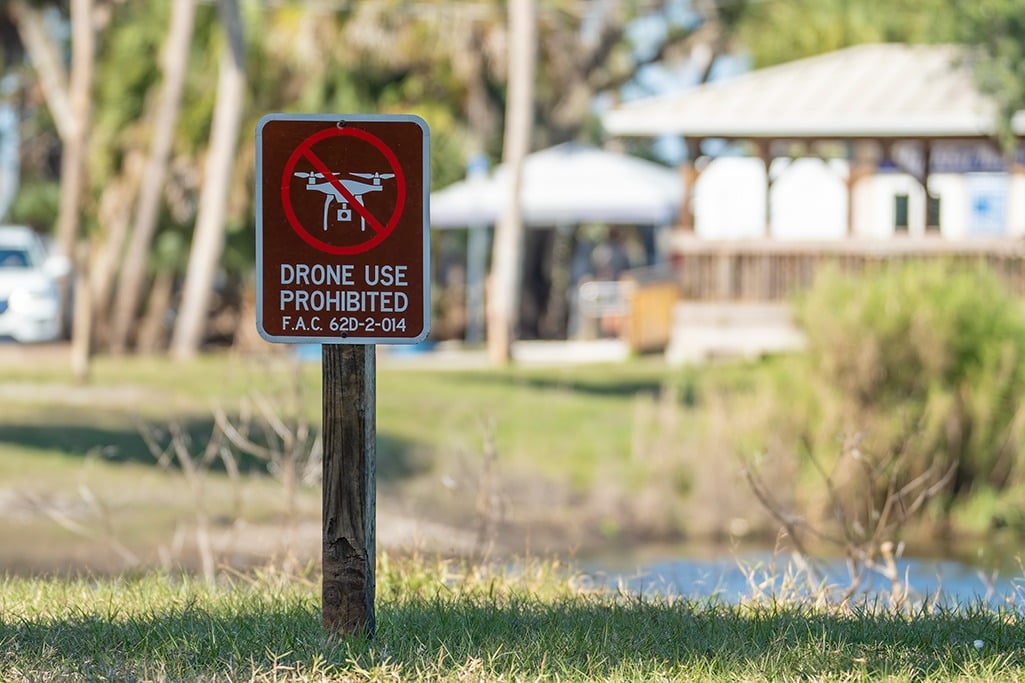
1. The Need for Anti Drone Weapons
In recent years, drones have grown from niche tools into mainstream assets for multiple industries, leading to exponential growth in their deployment. This increased use, however, also highlights the potential for misuse in terms of privacy invasion, unauthorized surveillance, and armed conflict. Several factors underline the necessity of anti drone weapons:
1.1 Increasing Drone Usage in Military and Civilian Arenas
Drones are widely employed for reconnaissance, targeted strikes, and intelligence gathering in military contexts. Non-state actors and terrorist organizations have also adopted drones for espionage, disruption, and weaponization. The Middle East and conflict zones like Ukraine have witnessed drone usage for armed attacks, where UAVs are equipped with explosives, transforming them into inexpensive but effective tools for warfare.
In civilian spheres, drones have been used for smuggling contraband into prisons, conducting illegal surveillance, or infringing on personal privacy. The potential for drones to breach security protocols in critical areas like airports, government buildings, and large public events further underscores the need for effective anti drone weapons.
1.2 Security Risks Posed by Drones
Drones present a unique threat due to their small size, high maneuverability, and ability to operate at low altitudes, making them hard to detect using traditional radar systems. This has led to an increase in incidents where drones were used for malicious purposes, such as spying on sensitive areas, smuggling drugs or weapons, or even launching attacks. One high-profile example occurred in 2018 when drones were used in an assassination attempt on Venezuelan President Nicolás Maduro.
Airports, in particular, have become vulnerable to drone disruptions, leading to flight delays and cancellations. The 2018 Gatwick Airport drone incident, where multiple drone sightings led to the grounding of hundreds of flights, highlights how drone threats can disrupt critical infrastructure and demand immediate countermeasures. These incidents emphasize the growing need for sophisticated anti drone weapons to safeguard airspaces, critical facilities, and public safety.
Types of Anti Drone Weapons
As the drone threat grows, so does the variety of anti drone weapons. These systems typically fall into several categories, each with distinct mechanisms for detecting, tracking, and neutralizing UAVs. The primary types of counter-UAV systems include electronic warfare, kinetic methods, laser systems, and physical capture techniques.
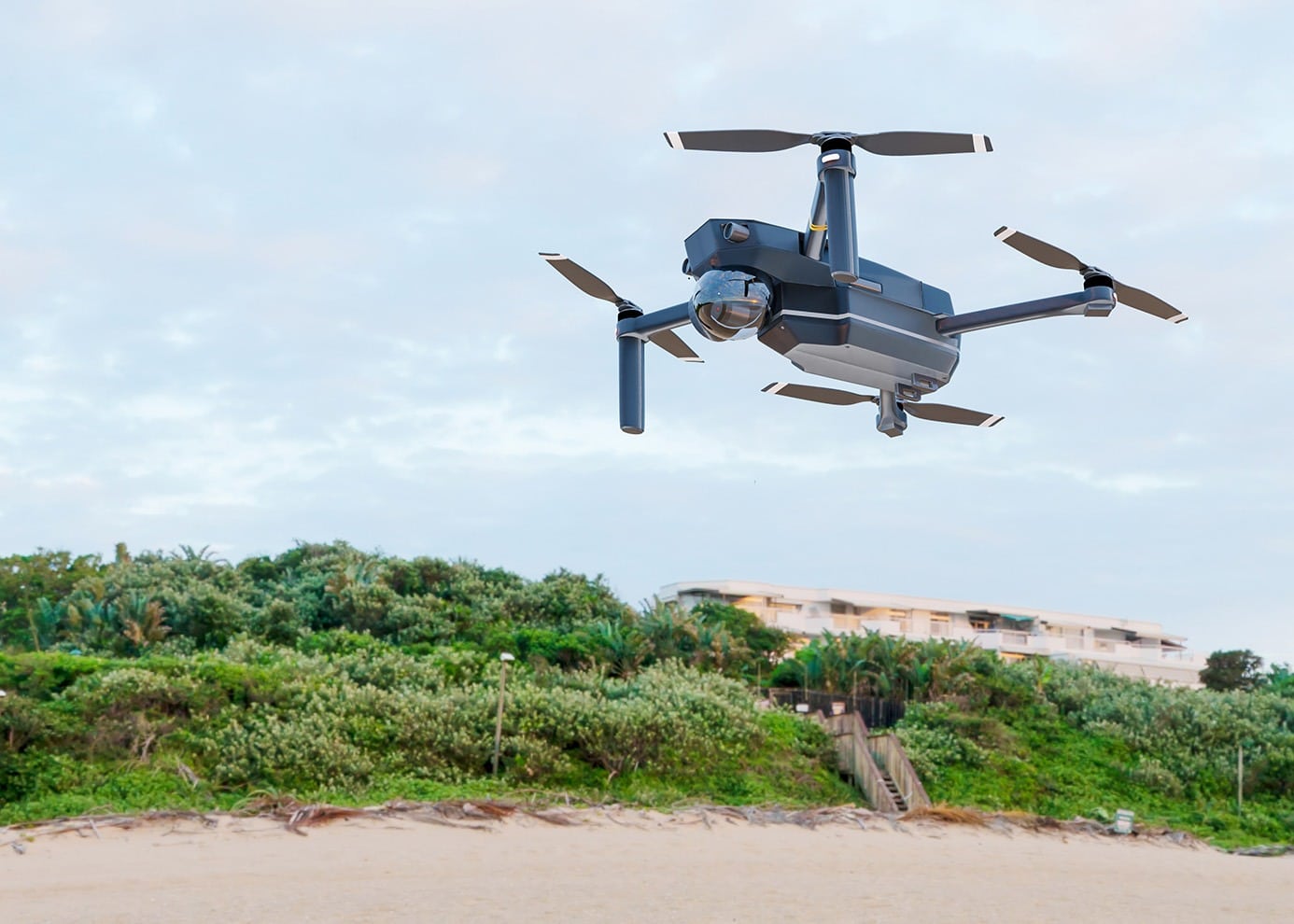
2.1 Electronic Warfare and Jamming Systems
One of the most widely used methods for neutralizing drones is electronic warfare (EW), specifically jamming and spoofing techniques. Jamming works by emitting high-powered radio frequency (RF) signals to disrupt the communication between the drone and its operator. This can cause the drone to lose control, land prematurely, or return to its point of origin. Commonly deployed jamming systems include handheld or vehicle-mounted devices that can disrupt GPS signals and control frequencies used by drones.
Spoofing takes this a step further by mimicking the drone’s control signals, effectively hijacking it. By tricking the drone into thinking it is receiving legitimate commands, operators can take control and force it to land in a secure location. Jamming and spoofing are widely used in both military and civilian environments to defend critical infrastructure and airspaces.
2.2 Kinetic Countermeasures: Guns, Missiles, and Directed Energy
Kinetic solutions involve physically disabling or destroying drones. These anti drone weapons range from conventional firearms and surface-to-air missiles to advanced directed energy systems.
- Projectile-based systems: Traditional firearms, anti-aircraft guns, and specially designed shotguns can be employed to shoot down drones. However, these systems require precise targeting due to the small size and speed of drones, and they may not be suitable for crowded urban areas or situations where collateral damage is a concern.
- Missiles: Surface-to-air missiles (SAMs) can target drones at longer ranges, providing an effective solution for high-altitude drones or swarm attacks. While missiles are powerful, they are expensive and may be overkill for smaller drones.
- Directed Energy Weapons (DEWs): Lasers and high-power microwaves (HPMs) are emerging as highly effective kinetic countermeasures. Directed energy systems can disable drones by destroying their electronics or causing structural failure. The U.S. military has developed laser systems like the ATHENA (Advanced Test High Energy Asset), capable of neutralizing small UAVs. These systems offer a precise and cost-effective solution to counter drone threats without producing debris.
2.3 Physical Capture Systems: Nets, Drones, and Eagles
Another approach to counter drones is to physically capture them mid-air. Nets and drone-interceptor systems are commonly used for this purpose.
- Net-based systems: Anti-drone systems like SkyWall or DroneGun use net projectiles to capture drones, immobilizing them and safely bringing them to the ground. These systems are often used in environments where destroying the drone could pose a safety hazard, such as urban settings or airports.
- Drone interceptors: Specialized drones equipped with nets can intercept and capture hostile drones. These systems rely on agility and speed, making them effective in stopping intruders in real-time. Drone-on-drone combat is becoming a popular technique in densely populated areas where minimizing collateral damage is essential.
- Animals: In a novel approach, trained eagles and other birds of prey have been used by law enforcement agencies to physically capture drones mid-flight. While effective, this method is limited by the availability of trained birds and may not be suitable for all scenarios.
2.4 Radar, Optics, and Acoustic Detection Systems
A critical component of anti drone weapons is the ability to detect and track UAVs before they can be neutralized. Detection systems can employ radar, optical, acoustic, or infrared sensors to monitor for drone activity.
- Radar systems: These systems are widely used for detecting UAVs, especially those flying at higher altitudes. However, due to the small size and low flight altitude of many drones, traditional radar may struggle to detect them effectively, leading to the development of specialized drone detection radar systems.
- Optical and infrared systems: These systems rely on cameras and infrared sensors to visually detect drones. Infrared systems are especially useful for nighttime operations, while high-resolution cameras can identify drones from long distances.
- Acoustic systems: Since drones produce distinct noise signatures, acoustic sensors can be employed to detect and triangulate their location based on sound. These systems are particularly effective in environments where radar and optical systems might be obstructed.
Challenges in Anti Drone Weapons Development
While anti drone weapons are advancing rapidly, several challenges remain. These obstacles are tied to the evolving nature of drone technologies, regulatory limitations, and the potential for collateral damage.
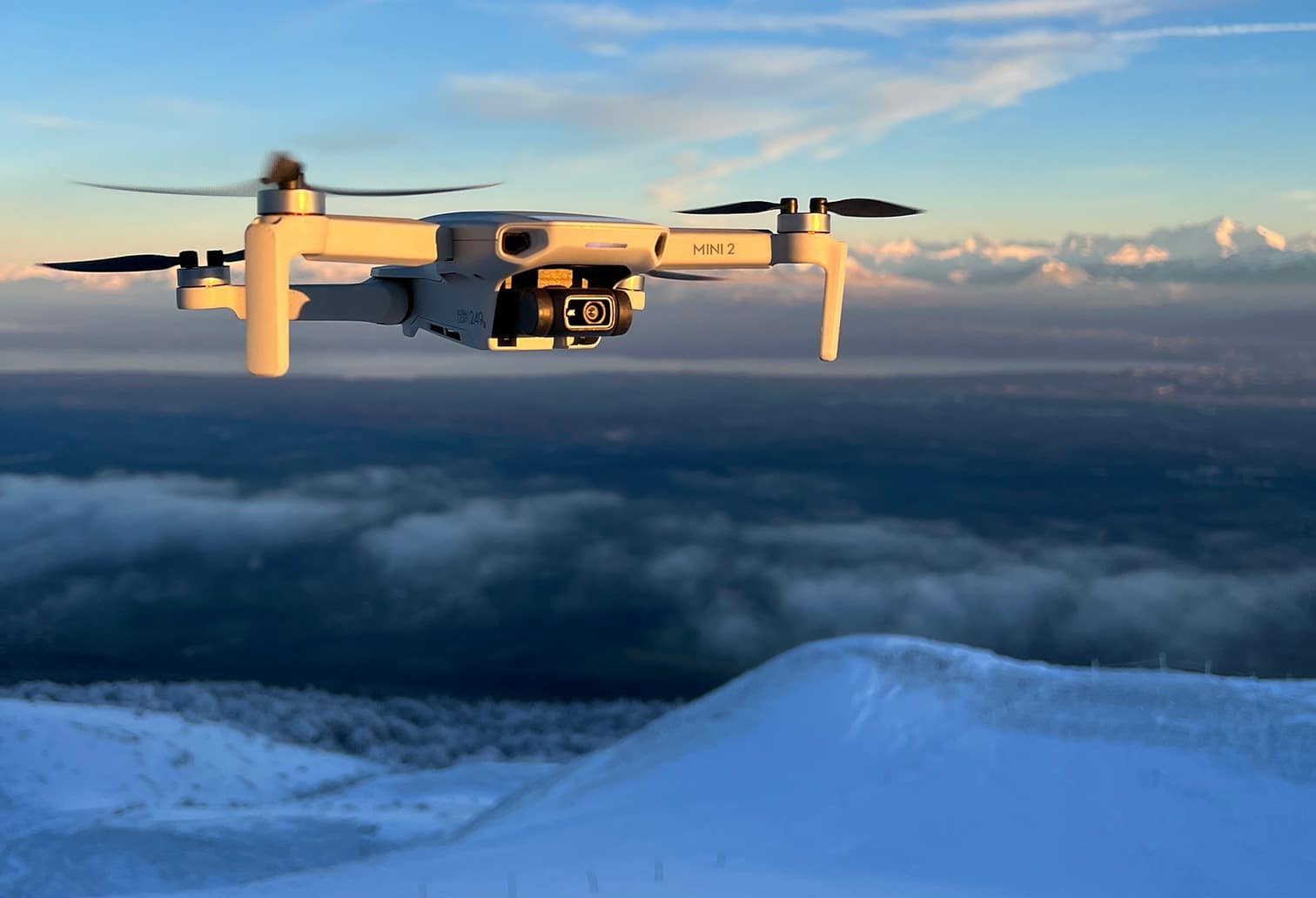
3.1 Evolving Drone Technology
Drone technologies are advancing at an accelerated pace, with manufacturers continually improving UAV capabilities. Drones are becoming smaller, faster, and more difficult to detect. Many newer models are equipped with advanced navigation systems that allow them to operate without relying on GPS or radio signals, making them resistant to jamming and spoofing.
The rise of autonomous drones and drone swarms—where multiple UAVs coordinate attacks—presents a new layer of complexity. Existing anti drone weapons may struggle to counter these swarms due to the large number of drones involved and the coordination required to neutralize them all simultaneously. Thus, future countermeasures must account for autonomous systems that can adapt to defenses in real-time.
3.2 Legal and Ethical Concerns
The deployment of anti drone weapons raises significant legal and ethical questions. In civilian contexts, the use of jamming systems or kinetic countermeasures could have unintended consequences, such as interference with other communication systems or harming innocent bystanders. Governments and regulators must carefully balance the need for security with protecting public safety and civil liberties.
In addition, the proliferation of anti-drone systems in the private sector raises concerns about overreach. For instance, private individuals or organizations could misuse anti drone weapons to interfere with legitimate drone operations, such as commercial deliveries or news reporting.
3.3 Collateral Damage and Safety Concerns
One of the biggest concerns with anti drone weapons is the potential for collateral damage, especially in densely populated areas. Kinetic methods such as firearms or missiles can cause debris to fall to the ground, posing risks to people and property. Even directed energy systems, while precise, can generate safety hazards if not carefully controlled.
Non-kinetic systems like jammers, while reducing the risk of physical damage, may inadvertently disrupt other communications or electronic devices. Thus, the development of counter-UAV systems must carefully consider the safety of the surrounding environment and minimize unintended consequences.
Real-World Applications
The deployment of anti drone weapons has already seen success in a variety of real-world situations, particularly in military operations, critical infrastructure protection, and public events. Several key examples illustrate how these systems are being used effectively to neutralize drone threats.
4.1 Military Use Cases
Militaries around the world have been early adopters of anti drone weapons due to the increasing use of UAVs in modern warfare. In conflict zones like Iraq, Syria, and Ukraine, insurgent groups have employed drones for reconnaissance, bombings, and attacks on military bases. To counter this, militaries have deployed jamming systems, directed energy weapons, and kinetic interceptors to protect their forces and assets.
For instance, the U.S. military has deployed the Counter-Rocket, Artillery, and Mortar (C-RAM) system, which can detect and shoot down drones using radar and anti-aircraft guns. Similarly, Israel has implemented systems like Iron Dome, which, while designed to intercept missiles, has been adapted to counter drone threats.
4.2 Protecting Critical Infrastructure
Airports, power plants, and government buildings are increasingly targeted by drones for surveillance or potential sabotage. Anti drone weapons are now being deployed at these critical facilities to safeguard against UAV incursions. Following the Gatwick Airport incident in 2018, many airports began implementing anti-drone measures, including radar, jamming systems, and drone detection cameras.
In addition, oil refineries, nuclear power plants, and large-scale events such as the Olympic Games have integrated counter-UAV systems to mitigate potential drone attacks. The 2020 Tokyo Olympics, for example, deployed several anti drone weapons to ensure the safety of athletes, officials, and spectators from any drone-related threats.
4.3 Law Enforcement and Public Safety
Law enforcement agencies have increasingly turned to anti drone weapons to address the growing number of drone-related incidents in civilian settings. Police forces use jammers, net-based systems, and drone interceptors to neutralize drones that threaten public safety or violate restricted airspace.
In some cases, such as during public demonstrations or high-profile events, law enforcement deploys counter-drone systems to prevent UAVs from being used for spying, smuggling, or causing disruptions. With drones being used for illegal surveillance or as delivery vehicles for contraband in prisons, anti-drone systems are proving to be valuable tools for maintaining security.
Future Trends
As the drone threat continues to evolve, anti drone weapons must adapt to keep pace. Several trends are likely to shape the future of counter-drone technology, including the rise of artificial intelligence, directed energy advancements, and the development of autonomous defense systems.
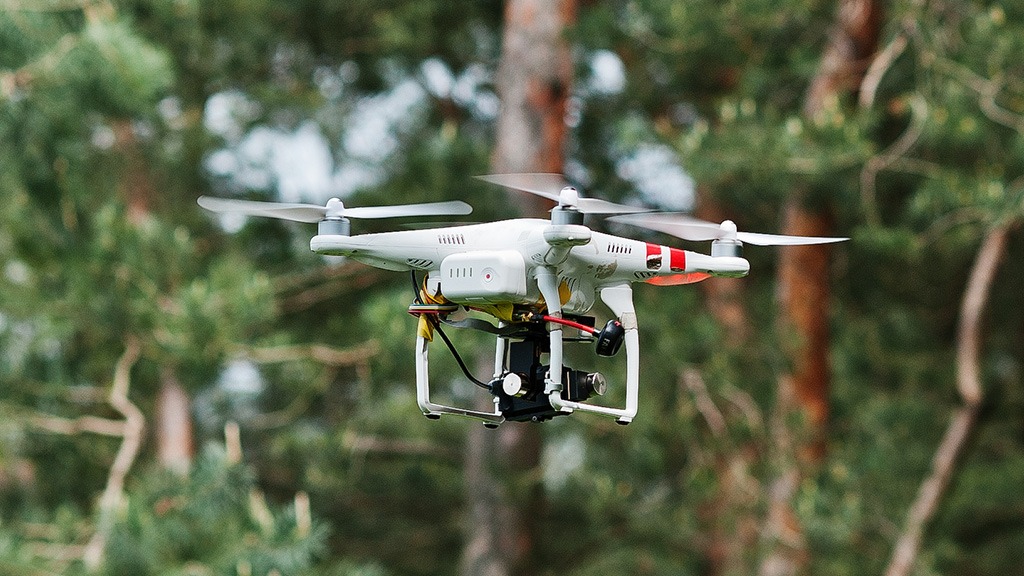
5.1 AI-Driven Counter-UAV Systems
Artificial intelligence (AI) is expected to play a significant role in the future of anti drone weapons. AI algorithms can enhance detection, tracking, and engagement capabilities by analyzing drone behaviors and recognizing potential threats in real-time. This will be especially important for countering drone swarms, where human operators may struggle to keep pace with multiple targets.
AI-powered systems can also improve the precision of directed energy weapons and interceptor drones, ensuring more efficient and accurate neutralization of threats. AI is expected to drive the development of fully autonomous anti drone weapons that can detect and engage UAVs without human intervention.
5.2 Advancements in Directed Energy
While directed energy systems like lasers and HPMs are already in use, advancements in power generation and beam control will likely improve their effectiveness. Future directed energy systems will be able to neutralize larger and more advanced drones over greater distances, making them indispensable for military and civilian use.
5.3 Swarm Defense Technologies
As drone swarms become a more significant threat, new anti drone weapons will focus on countering multiple drones simultaneously. Swarm defense technologies may include deploying interceptor drones that operate autonomously to neutralize large numbers of UAVs or using advanced jamming systems capable of disabling entire swarms at once.
5.4 Integration with Existing Defense Systems
The future of anti drone weapons will likely see greater integration with existing air defense systems. By combining radar, electro-optical sensors, and electronic warfare capabilities, future systems will provide a comprehensive solution to both manned and unmanned aerial threats. Integration with broader defense networks will enhance situational awareness and allow for rapid response to emerging threats.
Conclusion
As drones continue to proliferate, so too does the need for effective anti drone weapons. The rapid evolution of counter-UAV technology reflects the growing importance of defending against drone threats in both military and civilian environments. From electronic warfare and kinetic countermeasures to physical capture systems and directed energy weapons, anti drone weapons are evolving to meet the challenges posed by increasingly sophisticated UAVs.
The future of anti drone weapons will be shaped by advancements in AI, directed energy, and autonomous systems, offering new ways to protect critical infrastructure, public safety, and national security from aerial threats. As drones become more integrated into modern life, the importance of developing and deploying effective countermeasures cannot be overstated.
Introducing Primtake’s DB5 Ammunition for Anti-Drone Weapons
At Primetake, we manufacture bespoke ammunition suitable for a broad range of weapons platforms. Our DB5 anti-drone ammunition is specially designed to suit several popular 12-gauge pump action and semi-automatic shotguns, including Benelli M1/M2/M4, Remington Model 870 and Mossberg 590A: other weapons compatibility possible upon technical review. The DB5 projectiles each offer users a dual terminal effect, in the fight against drone attacks, including: a robust Kevlar web for immediately disabling the drone’s rotors, making for easy recovery of drone carcasses for forensic analysis; and high velocity drone body impaction effect, causing significant rupturing of internal components.
You can find the latest DB5 promotional video here: https://www.youtube.com/watch?v=-3PTMQj0y7s
